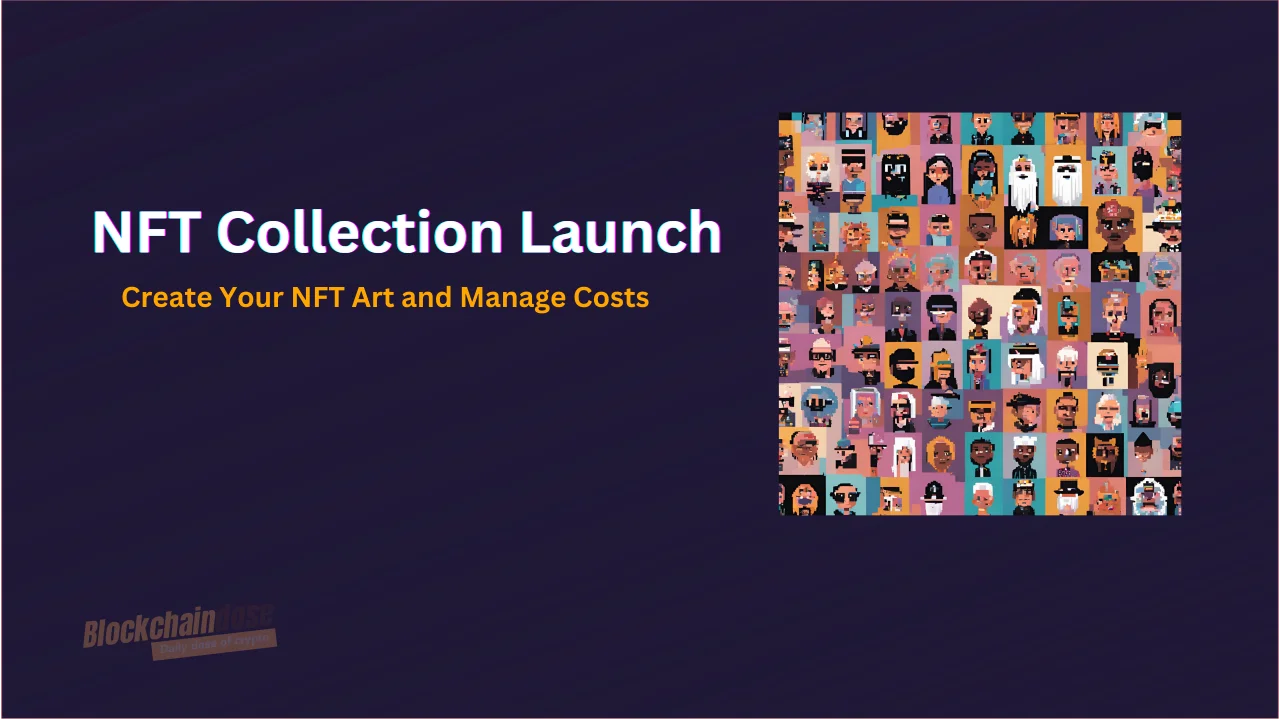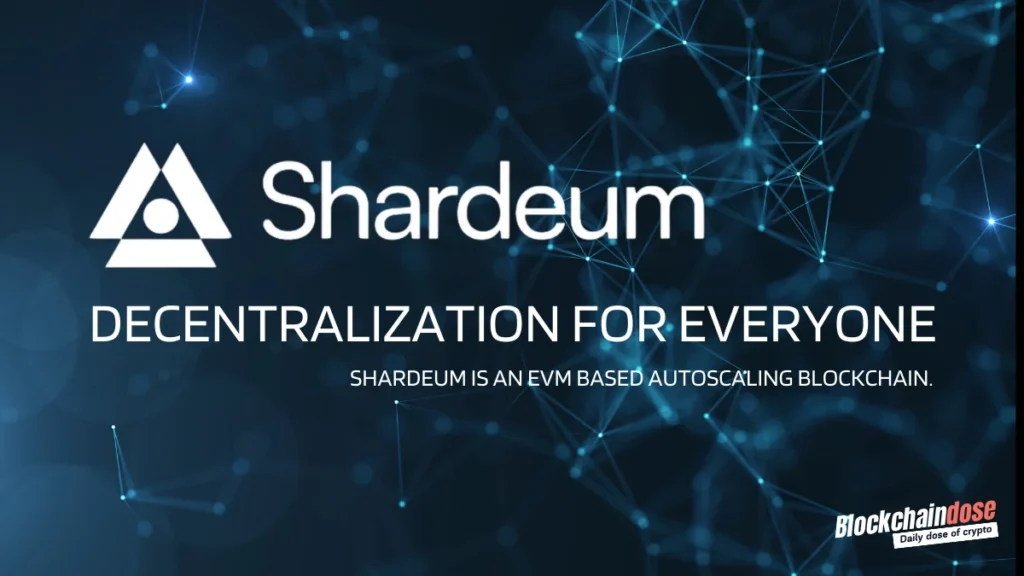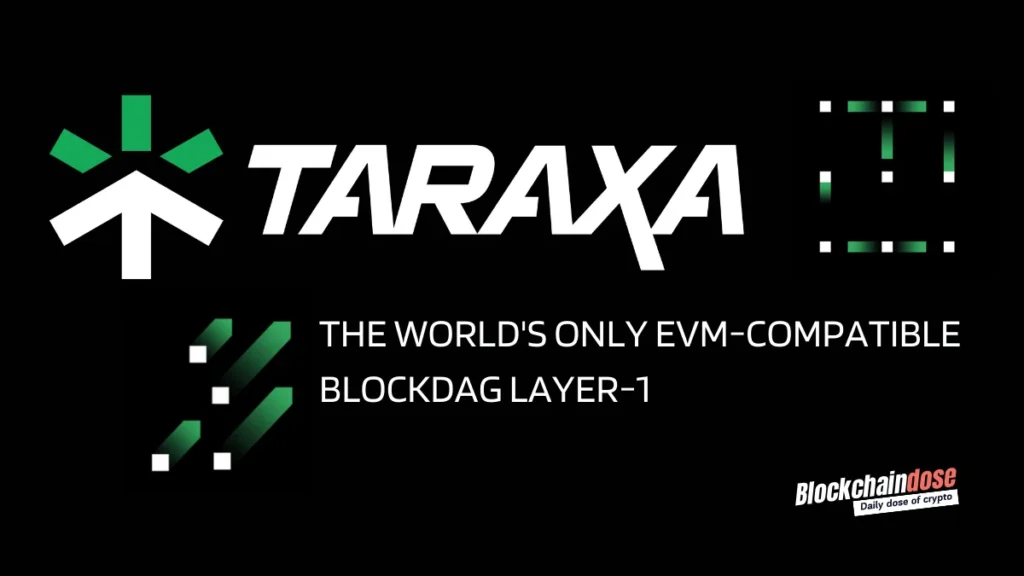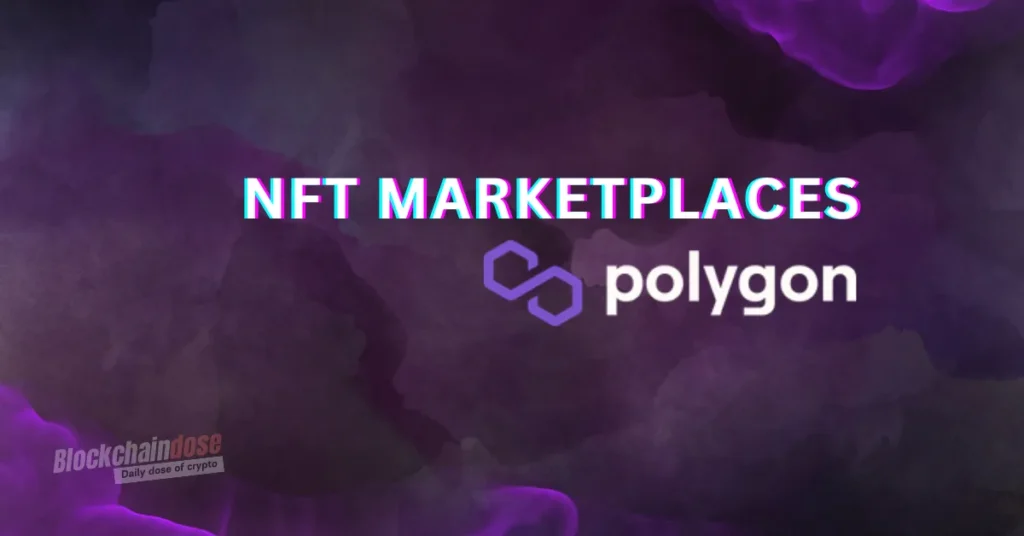It’s 2024, and many creators in the music and art space are looking to launch NFT collections. The world of NFTs has exploded, with major collections like Axie Infinity, Bored Ape Yacht Club, and CryptoPunks dominating the space. As per DappRadar, these collections boast millions of traders, soaring from small beginnings to market behemoths. Their big strides in the NFT space sparked a new wave of interest in launching new collections capable of massive moves. Yet, the process involved in the NFT collection launch is rife with complexities, especially for new creators. One of the most pressing questions for aspiring NFT creators is: how much does it cost to launch an NFT collection?
So, what does it take to launch your own NFT collection and manage the costs effectively? Read our guide, which breaks down the vital steps for a successful NFT collection launch, showing you how to turn your vision into reality while understanding the associated costs.
What Is an NFT Collection?
Non-fungible tokens (NFTs) are a one-of -a-kind class of blockchain assets, possessing unique features. Unlike other assets of similar value, NFTs are not interchangeable, with each holding unique properties.
NFT represents ownership of digital items like artwork, music, videos, and virtual real estate. Despite being built on blockchain, NFTs are significantly different from cryptocurrencies. How so?
Crypto assets are fungible and can be divided and interchanged without losing value. On the other hand, NFTs are akin to collectables — singular and rare.
So, now that you know what an NFT is, what is an NFT collection?
Simply put, it’s a collection of the same type of NFTs, which share a common theme and source. Don’t get this wrong—while they have similar themes and are visually identical, each NFT in a collection has unique attributes.
In a standard collection, the design of the NFTs may be similar, but the attributes are different.
Consider the Bored Ape Yacht Club and CryptoPunks NFT collections. Both collections consist of myriads of NFTs whose appearances are almost alike but differ in some characteristics, appealing to different buyers.
What Are The Constituents of An NFT Collection?
Like many other assets, an NFT collection has key features and attributes that define its value and function. Among these features include:
- Quality content or artwork — The lifeblood of any successful NFT collection is some good artwork. Therefore, you must have good and alluring content in images, videos, music, or PDFs to create a collection.
- Metadata—Every NFT has metadata, which contains details like the creator’s name, date of creation, rarity traits, and more. Only through the metadata can we verify the authenticity of an NFT collection.
- Smart contracts are the backbone of any NFT collection launch. These self-executing contracts manage transactions, royalties, and rules for the collection. In essence, smart contracts automatically execute purchases, sales, and trades of NFTs.
By ensuring you have high-quality content, good metadata and smart contracts, you will be ready to launch your NFT collection.
Steps to Create an NFT Collection
Phase 1: The Concept Phase
Conceptualization, or idea generation, is always the initial step in every invention. The case is the same for NFTs
Creating a new collection, music, art, games, etc., demands a strong concept. Remember, a good idea will be the face of your collection and will shape the success of your project.
The conceptualization stage begins with defining your theme or story. So, what is the story behind your NFTs? Are you exploring a new narrative or introducing better visuals? A good theme is the first step to success.
When creating concepts, you may need tools like Adobe Illustrator, Photoshop, and Blender to transform your vision into reality. Note that you must determine things like the collection’s rarity and other core elements during the conception period.
Phase 2: Select The Blockchain: Go for Low-Gas Chain
Second in everything is selecting the right blockchain network on which to base your operations. As of 2024, NFTs enjoy backing from several blockchains, all offering various perks and drawbacks.
Note that you don’t just launch your NFT collection on any blockchain. It would help if you researched one that suits your needs thoroughly. Here are a few critical factors to consider:
- NFT Gas charges
- Reputation
- Security Protocols
- Community support
Here are the top blockchains supporting NFTs:
Ethereum
The second-largest blockchain network, Ethereum, has been home to massive NFT development in the past few years. The idea of NFTs was realized with near perfection after Ethereum’s smart contracts emerged.
However, Ethereum’s smart contract capabilities could be better due to weaknesses, including poor scalability, slow network speeds, and high gas fees. However, Ethereum remains the best blockchain for people looking for large communities.
Solana
The second largest Ethereum-like blockchain network, Solana, also affords everyone a good platform for hosting smart contracts, hence NFT. This blockchain network strengthened the weaknesses of the Ethereum chain.
Initially touted as an Ethereum killer, Solana has recently proved its potential in enabling DeFI and NFT. In fact, in early 2024, the Solana meme coin market surged, all because of the benefits this chain affords to decentralized networks.
So, why is Solana a good hub for NFTs? It enjoys fast transaction speeds, lower fees, efficiency and general scalability. NFT collections like Frogana, FAB PUNKS, Okay Bears, Degenerate Ape Academy and Solana Monkey Business are the leading collections on Solana.
Polygon
Polygon is a scalability project launched primarily for the Ethereum blockchain network. As established above, Ethereum has weaknesses in speed and scalability, hence its loss of efficiency.
It handles the blockchain network’s transactional activities off the chain and only returns the transactions to Ethereum after processing. This ability to deal with transactions easily makes Polygon a good hub for developing NFT.
NFT developers will enjoy a cheaper site for the activities.
Aavegotchi, Zed Run, Gas Hero, Liberty Cats, and Decentral Games ICE Poker are among Polygon’s top-performing NFT collections available on the Polygon Marketplace.
Tezos
Tezos blockchain network thrives among the most eco-friendly platforms for NFT creation. It affords security and simplicity on top of its environmental sustainability gold.
NFT creators who care about the environment will benefit from the energy-efficient approach afforded by the blockchain network. Some of the most popular NFT collections on the Tezos chain include Hic et Nunc, FXhash, Tezzardz, DOGAMI, and Neonz.
Step 3: Minting Your NFTs
Well, here comes the hardest bit, minting.
Minting refers to converting digital files into blockchain-based assets, now NFT. This makes the assets unique and verifiable.
But where can you mint your NFTs? The decision of which platform to use for minting your NFTs is also critical. Make the wrong decision, and you’ll get a platform that won’t support your dream collection.
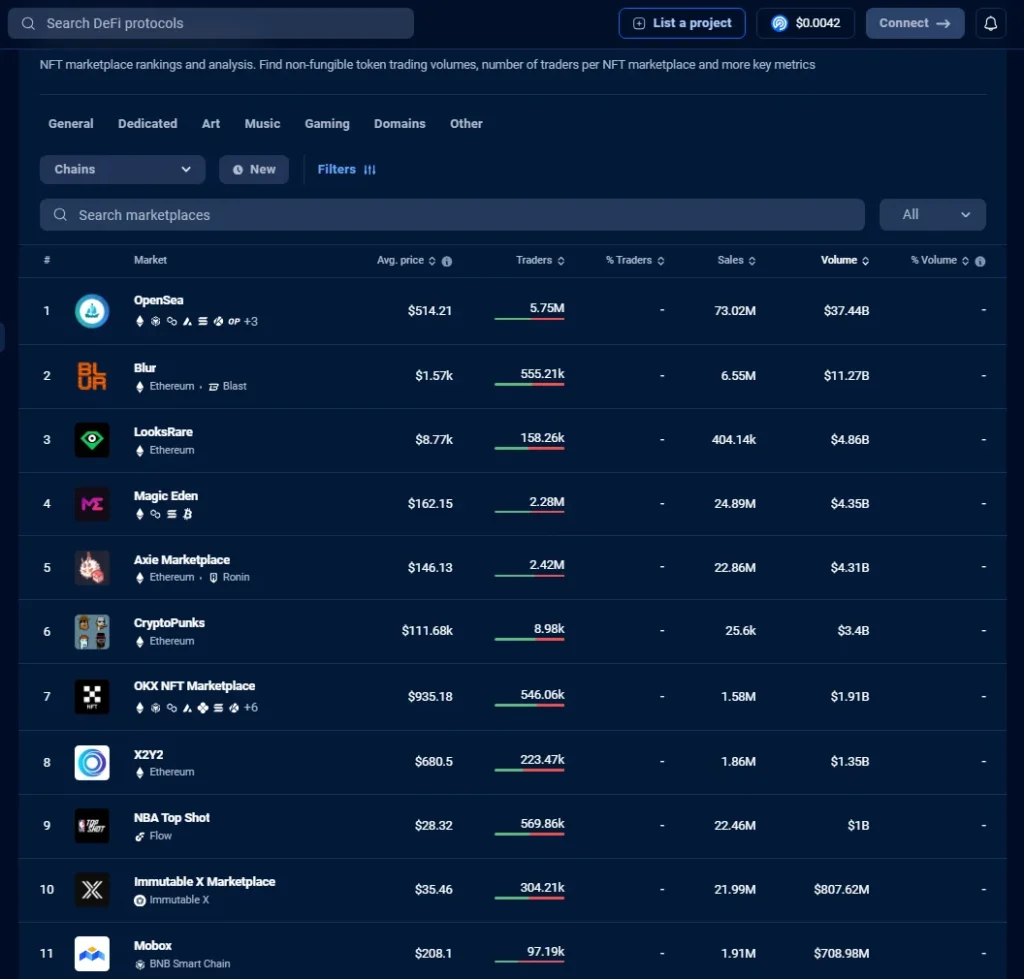
When choosing a good NFT marketplace, you must consider the following:
- Reputation of the platform
- Security protocols for your new collection
- Costs associated with minting the collection.
- Selling methods available for your collection: Fixed price or auction.
- Payment options fronted
- Customer base
Here are the top platforms:
OpenSea
One of the largest marketplaces for NFT also towers as the best platform for minting your new Non-fungible token collection. Since its birth, it has been home to some of the biggest and top NFT collections. It is popularly used by developers and creators using Ethereum and Polygon blockchains.
Rarible
Another popular platform for NFT minting is Rarible. This community-driven network allows creators to mint NFTs on Ethereum, Solana, Flow, Polygon, and Tezos. Interestingly, Rarible offers developers customizable royalties.
Mintable
Third comes Mintable, a platform that affords NFT creators the gas-free minting feature. Like the ones mentioned above, Mintable also supports NFT minting on a world of blockchain networks, including Ethereum.
How To Create and Launch NFT Collections with OpenSea
Create a Crypto Wallet
Any activity within the crypto realm demands the ownership of a cryptocurrency wallet. These wallets are critical in storing the keys associated with certain crypto assets, including NFT, DeFI tokens and general cryptocurrencies.
To mint your NFTs on Opensea, you must first own a crypto wallet. Metamask, the largest DeFi-focused wallet today, is one of the main wallets accepted on Opensea. Others include Coinbase and WalletConnect.
For testing, we will use OpenSea.
Create a New Collection
After creating and connecting your crypto wallet to OpenSea, now begin the process of NFT creation following these steps:
Step 1: Navigate to The OpenSea Studio Section
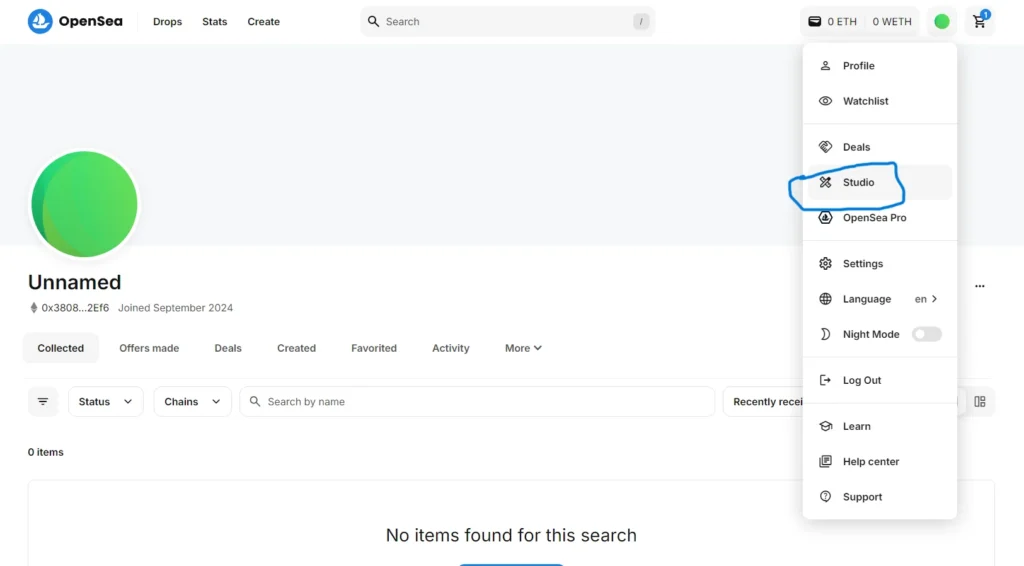
On OpenSea’s home page, navigate to the top right corner and click the ‘Profile Icon.’ Therein click studio.
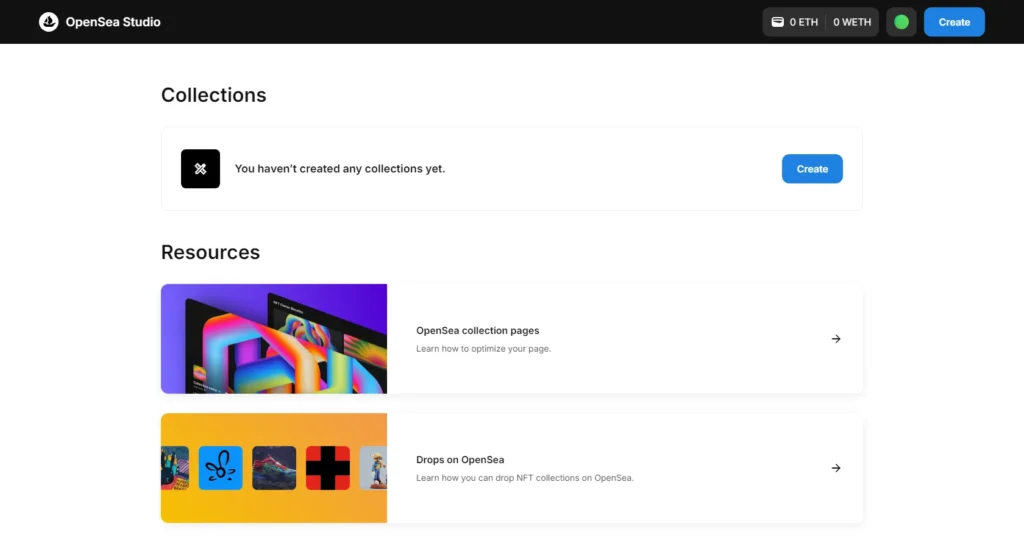
After clicking ‘Studio’, you will see all your personal collections. If you have none, nothing will show. Click the ‘Create’ button at the top right corner to create a new collection.
Step 2: Select Collections or Items
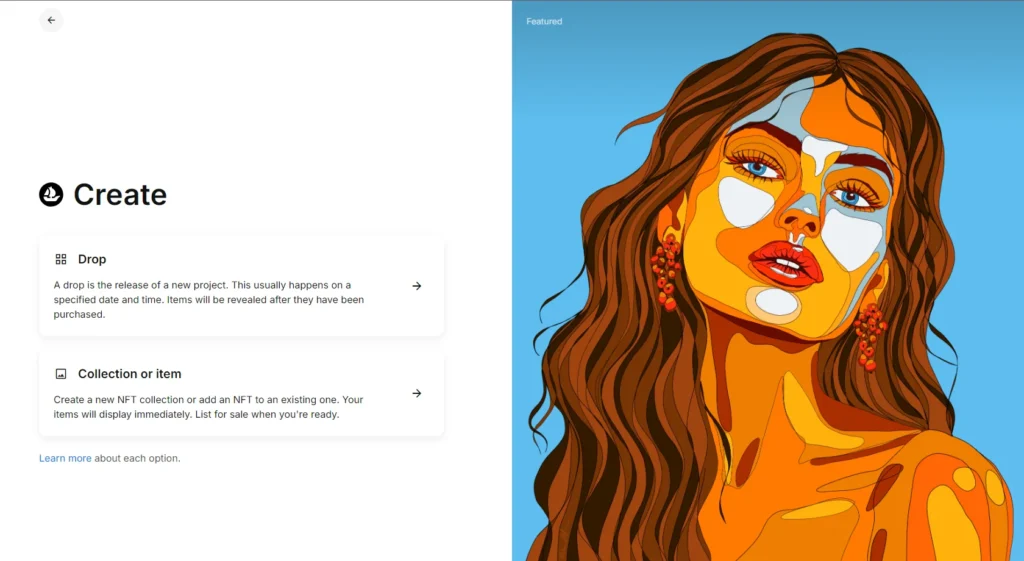
You will have two options: Drop, Collections, and Items. You can mint the NFT directly to your wallet by clicking the latter.
Step 3: Create an NFT
Following the steps above, you will be opened to a new ‘Create an NFT’ screen. On the right side, you will see the following options:
- Create a new collection
- Choose a Collection
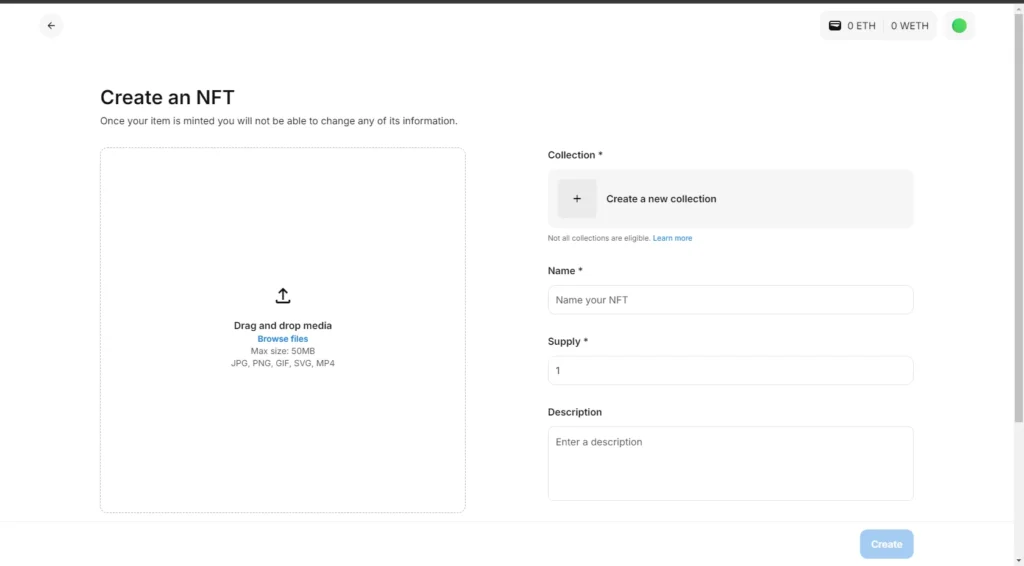
If this is your first time using OpenSea Studio, choose ‘Create a new collection.’ Add one NFT now.
Step 4: Deploy a Smart Contract
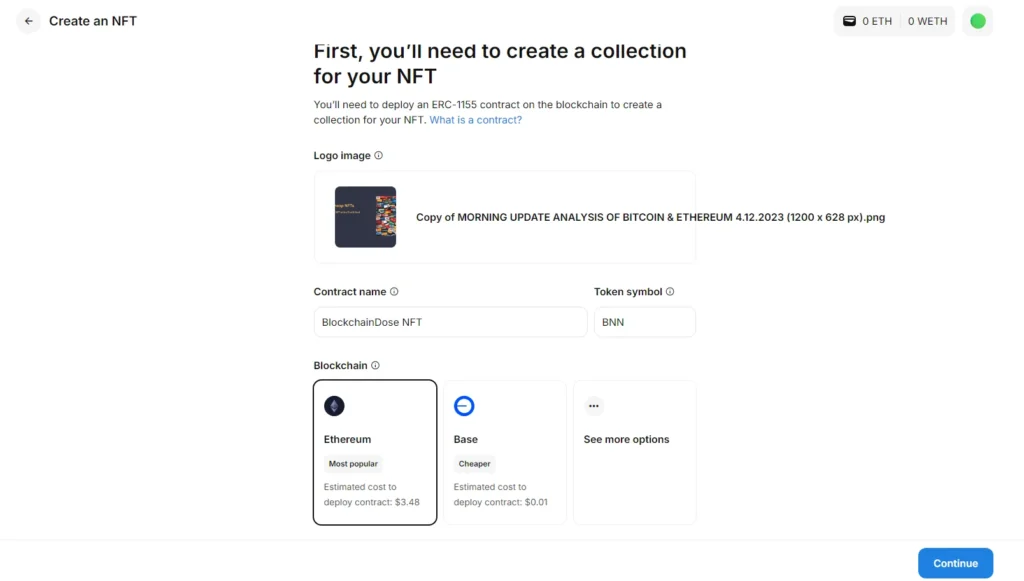
After creating the collection, follow the steps given, filling in the following details:
- Logo image
- Contract name
- Token symbol
This allows you to officially be ready to create the NFT for the new collection. You must also select a blockchain which you chose earlier. Let’s choose Ethereum in our case.
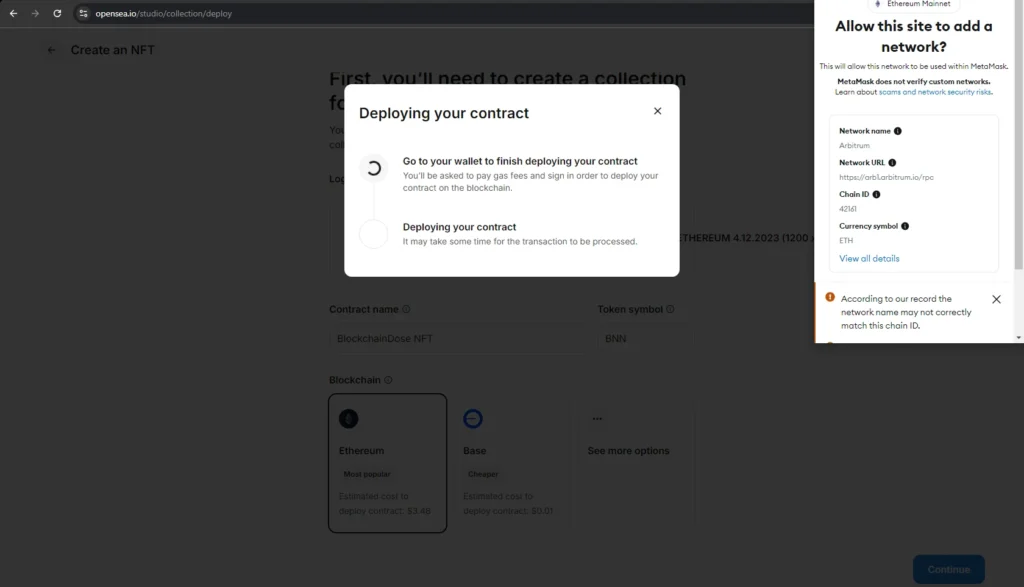
After filling in the key details, click ‘Continue’ and pay the needed gas charges.
Upload Your Work
The final phase after creating a collection is uploading your work to develop NFTs for the collection. You can achieve this by:
- Upload the media and the artwork for your NFTs. You can either click upload or drag.
- Choose the collection to add the NFTs into
- Add the name as supply
- Add extra traits
- Click ‘Create.’
How Much Does It Cost to Launch an NFT Collection on OpenSea?
We have already discussed the critical steps to launching your NFT collection on Opensea. But how much does it cost to do so?
Compared to many of its peers, OpenSea offers some of the most cost-effective solutions for minting and selling NFTs. Here are the main costs to note:
Gas Fees
Gas fees are one of the primary costs associated with launching an NFT collection on OpenSea. The fees refer to the transaction charges on the Ethereum chain, primarily paid to miners after they validate transactions.
Gas fees often fluctuate greatly depending on the network’s congestion. However, they typically range from a few dollars to several hundred.
Note that Your timing also determines the gas fees. If the network is active, the gas fees will hit the ceiling.
Therefore, when you ask, “how much does it cost to launch an NFT collection?” The answer heavily depends on the current Ethereum gas prices.
Initially, OpenSea offered gas-free minting options, also called Lazy minting, in which creators mint NFTs with no upfront costs and only pay gas once they sell. However, OpenSea later removed the feature.
OpenSea Commission
After minting your NFT collection, OpenSea takes a 2.5% commission on every NFT trade. However, this fee is charged when the NFT is sold. We added the commission to the cost of launching the NFT collection because it impacts the revenue you generate from your sales.
Additional Costs
Aside from network costs, there are other minor costs, including design and workforce costs. All these must be factored in.
How To Launch Your NFT Collection
After creating the collection, the next step is to send it public. The question is, How Can You Launch Your newly minted NFT Collection? Here are a few key steps:
- Build the hype. Use social media communities, partnerships with influencers and other marketing methodologies to inform people about your collection.
- Set the launch date and price: Choose when and how you will launch your NFT collection. Will you opt for auctions, fixed-price sales or allowlist launches? Communicate the date to the community
- Launch your NFT collection on OpenSea, Rarible, Mintable SuperRare and Foundation marketplaces.
Final Word
Our guide today focused on non-fungible tokens, especially on how to launch NFT collections effectively. Launching a proper NFT collection requires strictly adhering to the earlier steps or the equivalent on other platforms.
Our guide has given you major things to consider before deciding. First, you must determine what blockchain will house your collection. Second, consider the best marketplace to introduce your collection.
Finally, create and launch your NFT collection.
